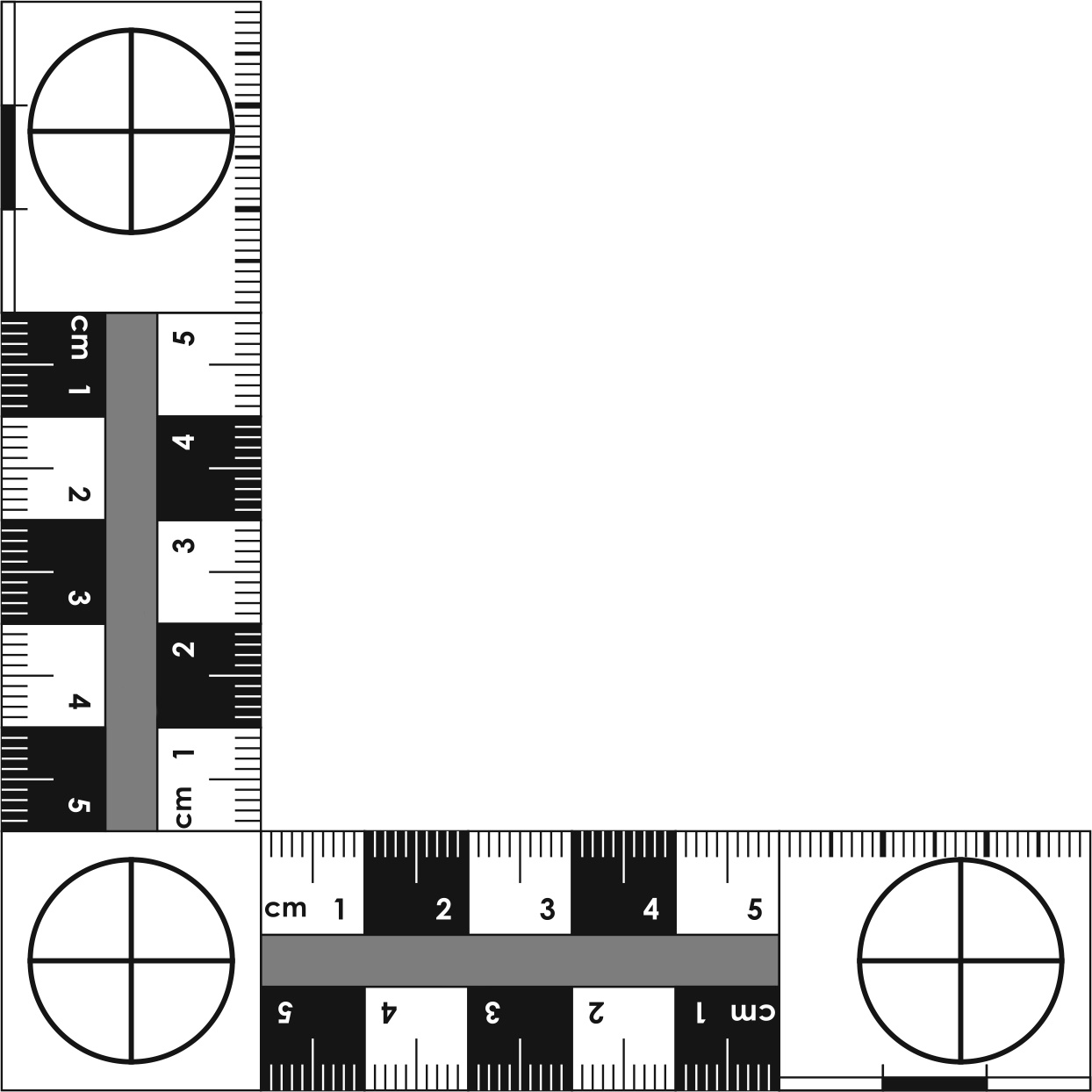Record Your Metal Detecting Finds
The Portable Antiquities Scheme's – What to record and How ?
1. First go to Photo Ruler Download

2. Print it and use to take clear Photographs of Coins and Artefacts.
3. Find on https://gridreferencefinder.com/ location of your find with uk grid reference finder
EXAMPLE - Grid Reference (6 figure)
ST573318
4. Who is FLO - Finds Liaison Officer
The museum staff can identify archaeological remains and we have a Finds Liaison Officer (FLO) who visits the museum to identify and record objects, including any that do not come from archaeological excavations. The Finds Liaison Officer works with museums to conserve local history.
5. Email your local FLO - With Photos and Grid Referance
Somerset & Devon FLO
- Robert Webley
- Maria Kneafsey
finds@swheritage.org.uk
Dorset FLO
- Ciorstaidh Hayward Trevarthen
finds@dorsetcouncil.gov.uk
Cornwall FLO
- Tasha Fullbrook
finds@museumofcornishlife.co.uk
Gloucestershire & Avon FLO
- Kurt Adams
kurt.adams@bristol.gov.uk
6. Treasure
The Treasure Act defines treasure as an object that is at least 10% by weight of precious metal (that is, gold or silver) and over 300 years old. In the case of coins, the find needs to consist of two or more coins. Additionally, any object found in the same place as an item of treasure would be considered to be treasure.
The Treasure Act 1996 requires a finder of an item of treasure to notify the coroner within 14 days of the find. The best way to do this is to report the find to your local FLO.
7. Reporting all archaeological objects
The guidance to the Treasure Act says that “The intention of the Portable Antiquities Scheme… is to record, for public benefit, all archaeological objects found by members of the public. All responsible finders should report their archaeological finds to their local finds liaison officer, although this is a voluntary scheme and there is no compulsion to report non-treasure items.”
Code of Practice for Responsible Metal Detecting
